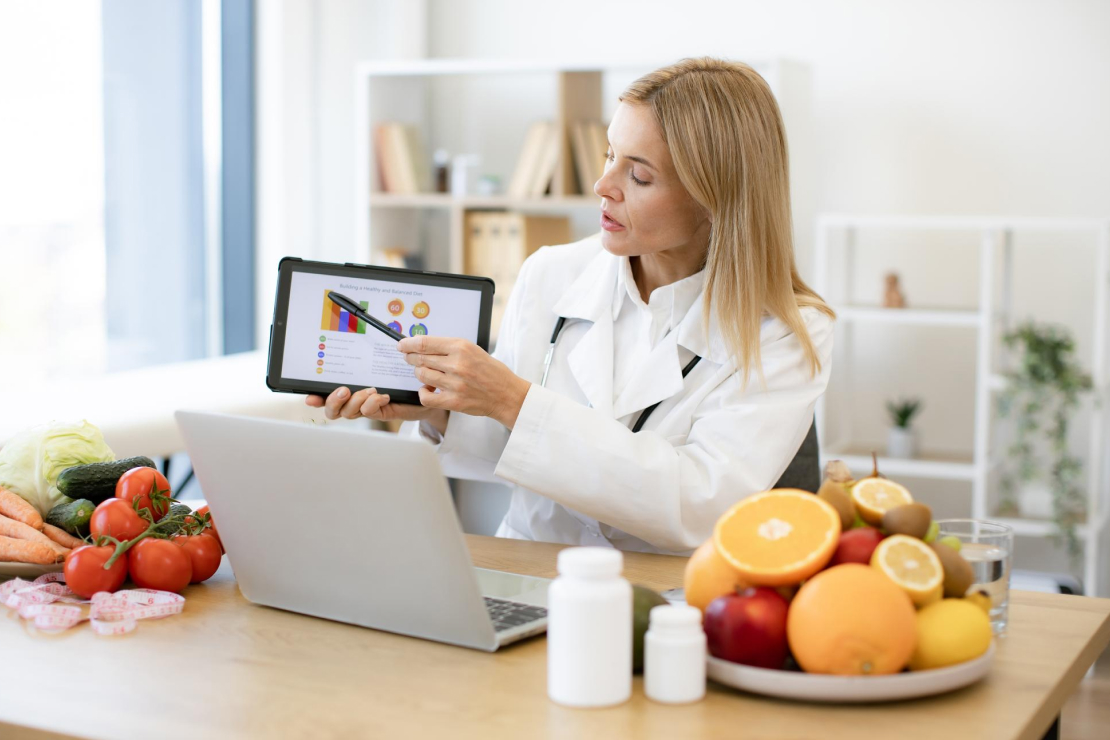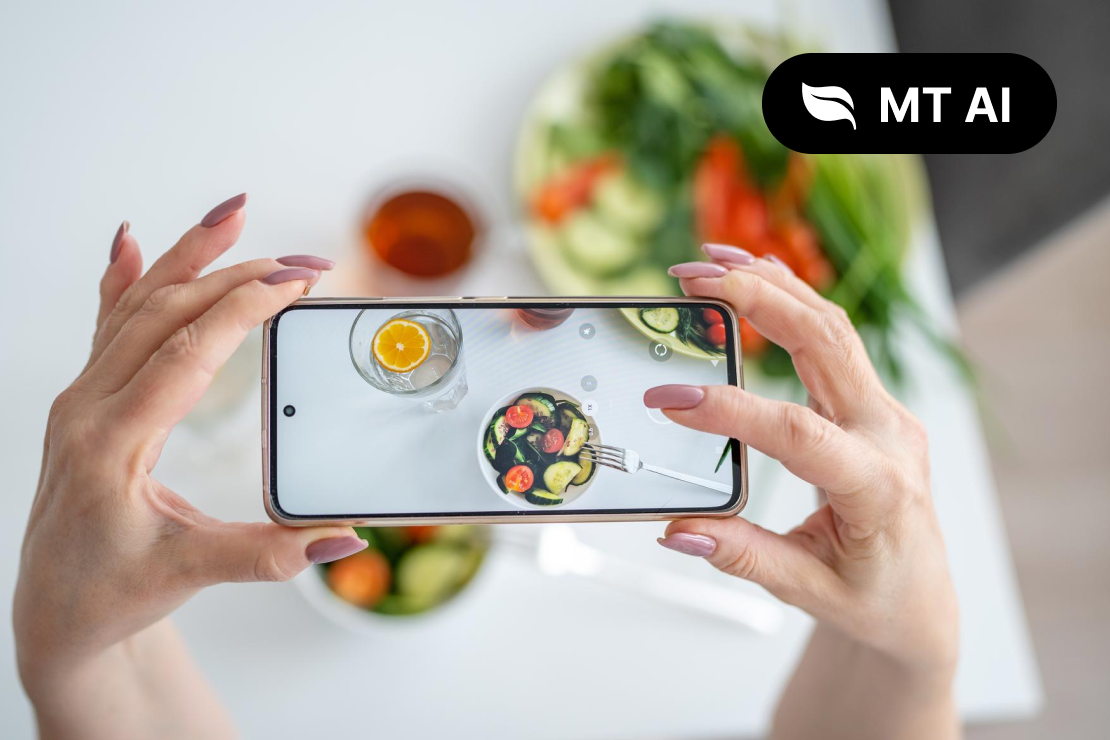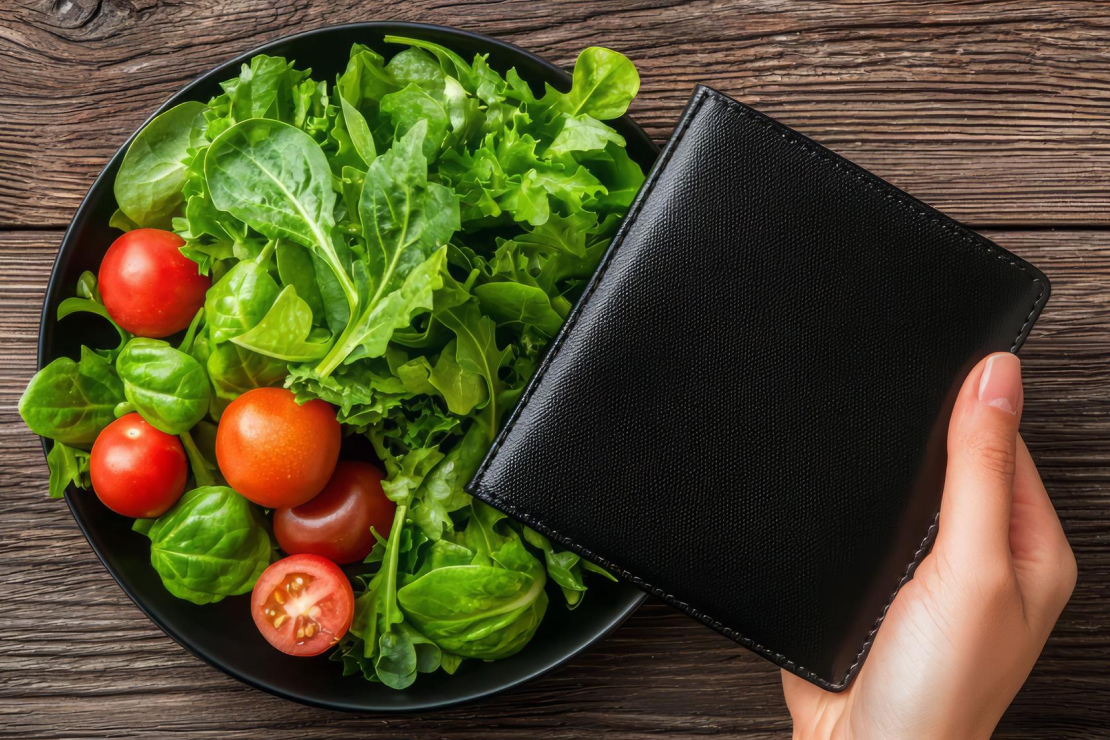Can AI Tools Catch Hidden Sugars in Your Diet Before You Do?
Discover how artificial intelligence is revolutionizing the way we detect and manage hidden sugars in our diet, offering unprecedented precision for healthier eating.

Table of Content
The Invisible Threat: Understanding Hidden Sugars
In today's food landscape, sugar is ubiquitous, often lurking in unexpected places. Beyond the obvious candies and sodas, hidden sugars are found in seemingly healthy foods like yogurts, sauces, bread, and even savory snacks. These covert additions contribute significantly to excess calorie intake, weight gain, and a myriad of health issues, including type 2 diabetes, heart disease, and inflammation. The challenge for consumers is that these sugars are often disguised under various names, making them incredibly difficult to identify. But what if artificial intelligence could act as your personal sugar detective, uncovering these hidden culprits before they impact your health?
The Deception of Food Labels: Why Hidden Sugars Are So Tricky
Food manufacturers are adept at making products appear healthier than they are. Hidden sugars are a prime example of this deception, often listed under aliases that consumers may not recognize. This makes manual tracking and identification a daunting task.
Common Aliases for Hidden Sugars:
- High-fructose corn syrup, corn syrup solids
- Dextrose, maltose, sucrose, glucose, fructose
- Evaporated cane juice, fruit juice concentrate
- Maltodextrin, molasses, caramel
- Syrups (rice syrup, maple syrup, agave syrup)
The Problem with Manual Tracking:
- Time-Consuming: Manually checking every ingredient list and cross-referencing aliases is impractical for most people.
- Inaccuracy: Human error in identifying all sugar sources and calculating their impact is common.
- Lack of Context: Traditional methods don't easily show the cumulative effect of hidden sugars across multiple meals or days.
How AI Becomes Your Sugar Detective
Artificial intelligence is uniquely positioned to tackle the challenge of hidden sugars. By leveraging advanced algorithms and vast databases, AI-powered nutrition tools can identify, quantify, and alert you to sugar content with unprecedented precision.
1. Advanced Food Recognition and Ingredient Analysis:
AI-powered apps, like Macro Tracking AI, use sophisticated computer vision to analyze your meals from a simple photo. This technology goes beyond basic food identification:
- Multi-Ingredient Detection: AI can identify individual components in complex dishes, even those with sauces or dressings where sugar often hides.
- Brand and Product Recognition: The system can recognize specific packaged foods and access their detailed nutritional information, including all listed ingredients.
- Recipe Deconstruction: For homemade meals, AI can learn your recipes and break down the sugar content from each ingredient, including added sweeteners.
2. Smart Label Scanning and Database Integration:
Beyond visual recognition, AI tools integrate with extensive food databases and can interpret complex nutritional labels:
- Barcode Scanning: Instantly scan barcodes to pull up comprehensive nutritional data, including a detailed breakdown of all sugar types.
- Ingredient List Analysis: AI algorithms are trained to identify all forms of sugar, even those disguised under less common names, and flag them for the user.
- Cross-Referencing: The system can compare the sugar content of similar products, helping you choose healthier alternatives with lower hidden sugar.
3. Real-time Alerts and Personalized Insights:
The true power of AI lies in its ability to provide actionable insights and proactive alerts:
- Daily Sugar Budget: Set a personalized daily sugar limit, and the AI will track your intake, alerting you when you're approaching or exceeding it.
- Hidden Sugar Hotspots: AI can identify which types of meals or specific products are contributing the most hidden sugars to your diet.
- Behavioral Pattern Recognition: The system learns if certain times of day or emotional states lead to higher sugar consumption, offering personalized strategies to intervene.
- Health Impact Prediction: Based on your sugar intake patterns, AI can provide insights into potential long-term health impacts and suggest adjustments.
Benefits of AI in Managing Sugar Intake for Health
| Benefit Category | AI-Powered Advantage | Impact on Health Goals |
|---|---|---|
| Awareness & Education | Uncovers hidden sugars and their aliases; educates on sources. | Empowers informed food choices; reduces unintentional sugar intake. |
| Precision & Accuracy | Accurate quantification of total sugar, including added sugars. | Better adherence to dietary guidelines; more effective weight management. |
| Behavioral Change | Identifies patterns of sugar consumption; suggests healthier swaps. | Reduces cravings; promotes mindful eating; fosters sustainable habits. |
| Health Risk Mitigation | Alerts to high sugar intake risks; correlates with health metrics. | Lowers risk of metabolic diseases; improves blood sugar control. |
Case Study: Sarah's Sugar Journey with AI
Sarah, a 35-year-old professional, struggled with persistent fatigue and weight gain despite believing she ate a healthy diet. She avoided obvious sweets, but her energy levels would crash mid-afternoon, leading to intense cravings. After starting with Macro Tracking AI, she discovered the surprising amount of hidden sugar in her daily routine.
- Discovery: AI flagged her 'healthy' fruit yogurt (25g sugar), salad dressing (8g sugar per serving), and whole-wheat bread (4g sugar per slice) as major sugar contributors.
- Adjustment: With AI's suggestions, she switched to plain Greek yogurt, made her own vinaigrette, and opted for sprouted grain bread.
- Result: Within a month, her mid-afternoon crashes disappeared, her energy stabilized, and she lost 5 pounds without feeling deprived. The AI helped her identify and replace hidden sugar sources she never would have found manually.
Limitations and Ethical Considerations
While AI offers powerful solutions, it's important to acknowledge its current limitations and the ethical considerations involved:
- Data Privacy: The collection of detailed dietary data raises concerns about privacy and how this sensitive information is stored and used.
- Algorithmic Bias: AI models can perpetuate biases if not trained on diverse datasets, potentially leading to inaccurate or unhelpful recommendations for certain populations or cultural cuisines.
- Over-reliance: There's a risk of users becoming overly dependent on the AI, losing their own intuition about food and hunger cues.
- Not a Substitute for Professional Advice: AI tools are powerful aids but cannot replace the nuanced guidance of a registered dietitian or medical professional, especially for individuals with complex health conditions.
The Future of Sugar Management: AI and Beyond
The integration of AI into nutrition is still in its early stages, but the potential for future advancements is immense. We can expect:
- Real-time Glucose Monitoring Integration: Direct links with continuous glucose monitors (CGMs) for instant feedback on how specific foods impact blood sugar.
- Predictive Craving Alerts: AI learning your unique physiological and psychological triggers to warn you of impending sugar cravings before they hit.
- Smart Kitchen Integration: Appliances that automatically adjust recipes or suggest alternatives based on your sugar intake goals.
- Personalized Supplementation: AI recommending specific micronutrients to address deficiencies that contribute to sugar cravings.
Conclusion: Empowering Healthier Choices
Hidden sugars are a significant challenge in modern diets, contributing to various health problems. AI-powered nutrition tools offer a revolutionary solution, providing the precision, insight, and personalized guidance needed to uncover and manage these elusive ingredients. By leveraging AI, consumers can make truly informed food choices, reduce their sugar intake, and take a proactive step towards long-term health and well-being.
"AI is not just about counting calories; it's about empowering you to understand your food at a deeper level, transforming your relationship with nutrition and unlocking a healthier future."
Frequently Asked Questions
How accurate is AI in identifying hidden sugars?
Advanced AI models are highly accurate, especially when combined with comprehensive food databases and barcode scanning. They are trained to recognize hundreds of sugar aliases and can quantify their presence in complex dishes, offering a level of precision far beyond manual tracking.
Can AI help me reduce my overall sugar intake?
Yes. By providing clear insights into your current sugar consumption, identifying high-sugar culprits, and suggesting healthier, lower-sugar alternatives, AI tools can significantly help you reduce your overall sugar intake and develop more mindful eating habits.
Is it safe to rely solely on AI for dietary advice?
AI tools are excellent for tracking, analysis, and providing personalized recommendations. However, for complex health conditions, severe dietary restrictions, or deep-seated behavioral issues, it is always recommended to consult with a qualified healthcare professional or registered dietitian. AI should complement, not replace, human expertise.
Start Your Health Journey Today
Download Macro Tracking AI and take control of your nutrition with the power of artificial intelligence.
Download on App Store

